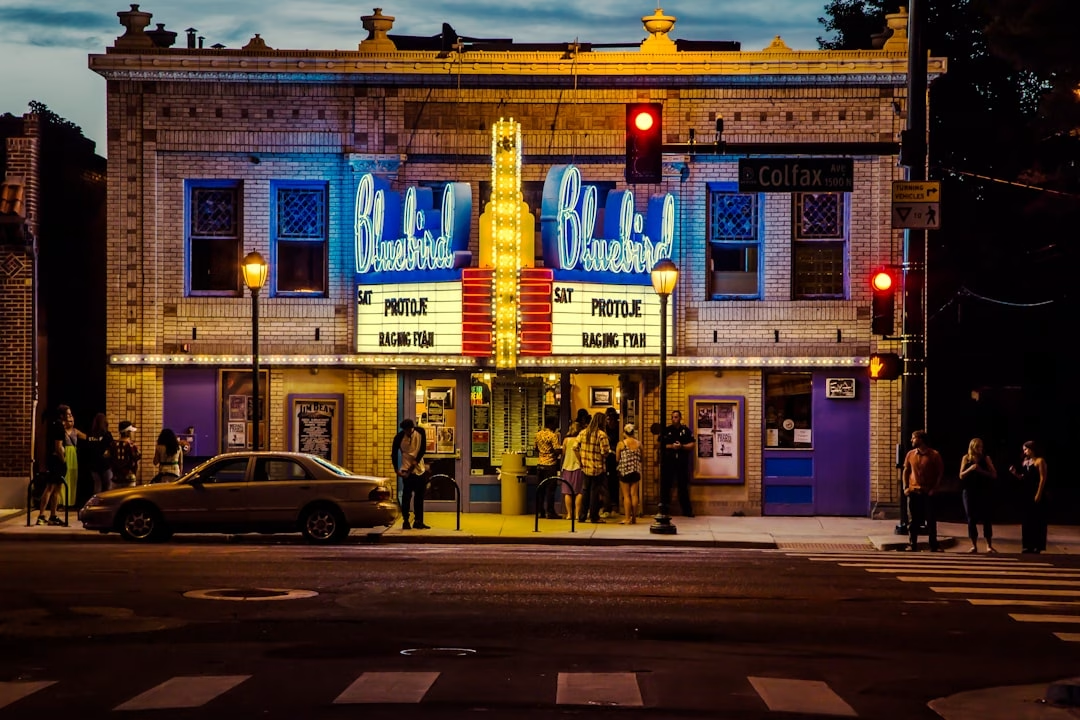Achieving the Cinematic Look in Video Editing
If you’re passionate about video editing, you must have come across the term ‘cinematic look’. This term refers to the style of video that mimics the visuals and storytelling techniques of high-budget films. In this blog post, we will guide you on how to achieve the cinematic look in your video editing projects.
Understanding the Cinematic Look
In essence, the ‘cinematic look’ is all about creating videos that feel more like they were produced in Hollywood rather than at home. It’s about creating videos with deeper depth, greater dynamic range, and with storytelling that captivates the audience. The cinematic look tells a bigger story, one that draws viewers in and allows them to immerse themselves fully into the scene.
Steps to Achieving the Cinematic Look
Achieving a cinematic look doesn’t necessarily require the most expensive equipment or software, it’s more about understanding the fundamentals of filmmaking and deploying these skills correctly. Below are steps to help you achieve a cinematic aesthetic:
- Choose the Right Resolution and Frame Rate: A higher resolution video with a lower frame rate often gives that classic ‘film’ look characteristic of many big-budget movies. Consider shooting or editing in 24 frames per second (fps).
- Add Depth: Utilizing depth of field and making sure your foreground, middle-ground, and background are all interesting can add depth to your scenes.
- Color Grading: Professional films often use color grading to set the mood or time of day. Utilize tools like LUTs (Look-Up Tables) to get that film-look.
- Storytelling: Good filmmaking is about storytelling. It’s about camera angles, shot composition, and how you put it all together.
- Sound Design: Sound adds depth to the visual elements and you should not underestimate its importance. Professional films use soundtracks, audio effects, and Foley sounds to enhance the cinematic experience.
Conclusion
Achieving a cinematic look in your video editing can elevate your content to a new level. From choice of resolution and frame rate, to color grading, depth, storytelling, and sound design, these elements contribute to creating a film-like aesthetic that captivates viewers. Remember, it’s not just about the equipment, it’s about your creativity and understanding of filmmaking fundamentals.
